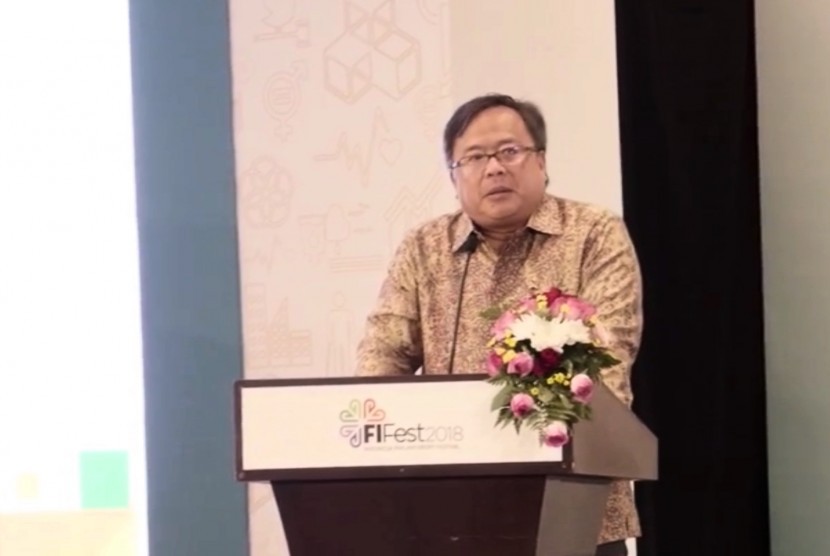REPUBLIKA.CO.ID, JAKARTA -- Indonesia has been striving to reduce its poverty rate. The rate is expected to reach nine percent by the end of this year, National Development Planning Minister Bambang Brodjonegoro stated here on Monday.
"We have set a target of reducing our poverty rate to the level of 8.5 to 9.5 percent. If we still find that the last figure stays at 9.66 percent, we hope it would be recorded at the level of nine percent at the end of 2019," he remarked.
To achieve the target, the government will focus on strengthening its social aid services for appropriate and eligible recipients, including the non-cash food assistance program (BPNT) and Indonesian Health Cards (KIS), he explained. The targeted recipients of programs, such as the BNPN, KIS, Family Hope Program (PKH), and the Indonesian Smart Cards (KIP), are those belonging to the list of extreme poverty.
Those vulnerable to falling into the poverty line will be economically empowered by offering access to microfinance and by creating more jobs, Brodjonegoro stated. The Central Statistics Agency (BPS) recorded that Indonesia's poverty rate tends to decrease. In March 2018, the poverty rate reached 9.82 percent, but it decreased to 9.66 percent in September 2018.
Hence, the BPS noted that the poverty rate reduced around 0.16 percent during the period between March and September 2018 as compared to around 0.46 percent in September 2017, Brodjonegoro noted.
As of September 2018, there are still 25.67 million poor people in Indonesia. The total number decreased around 0.28 million people as compared to that of March 2018 and around 0.91 million people than that of September 2017.
Brodjonegoro further revealed that the levels of inequality in society were brought about by access to infrastructure and basic services as well as social aid services for appropriate and eligible recipients.



